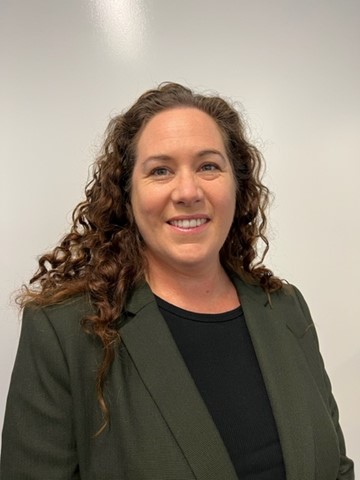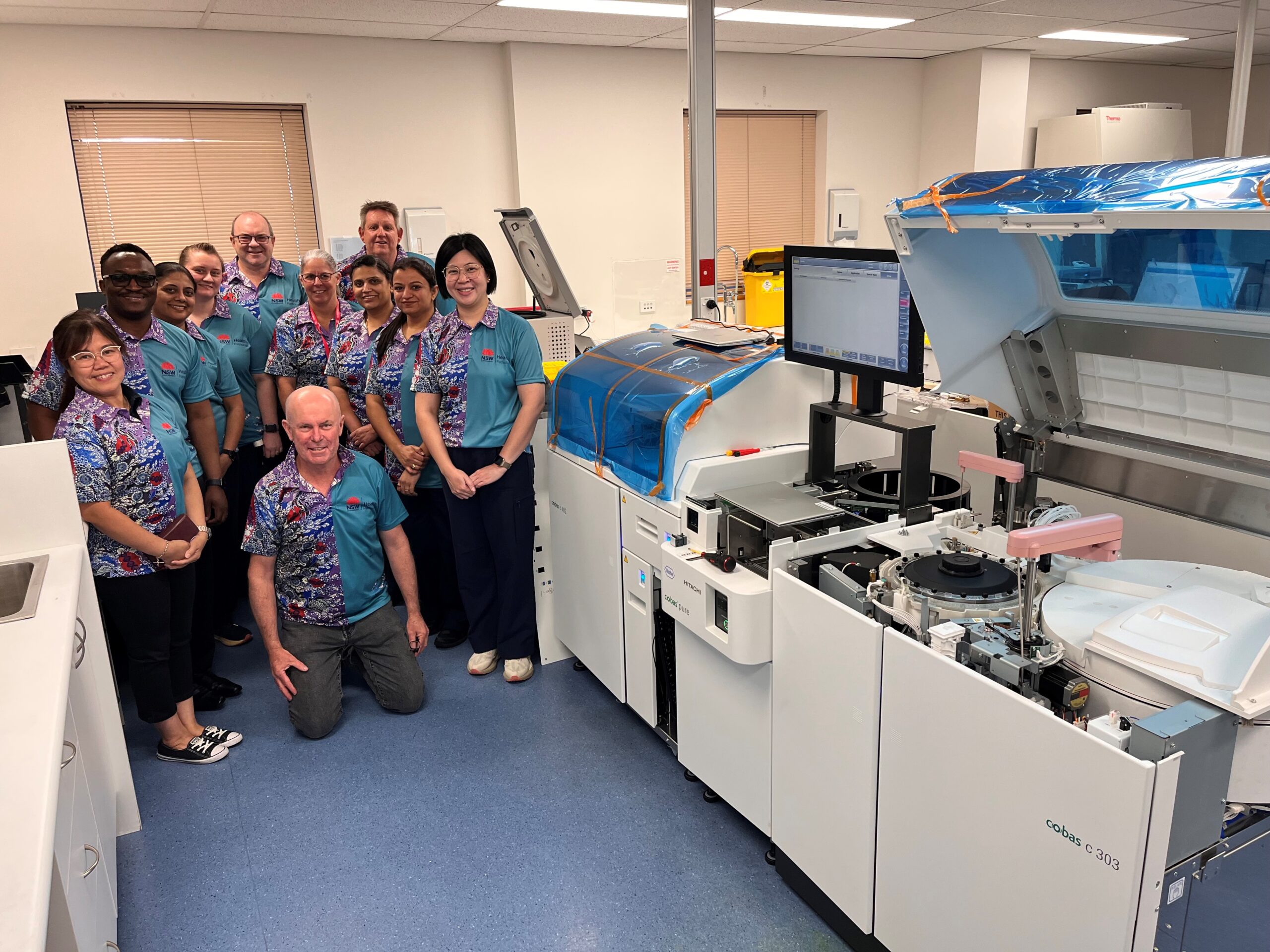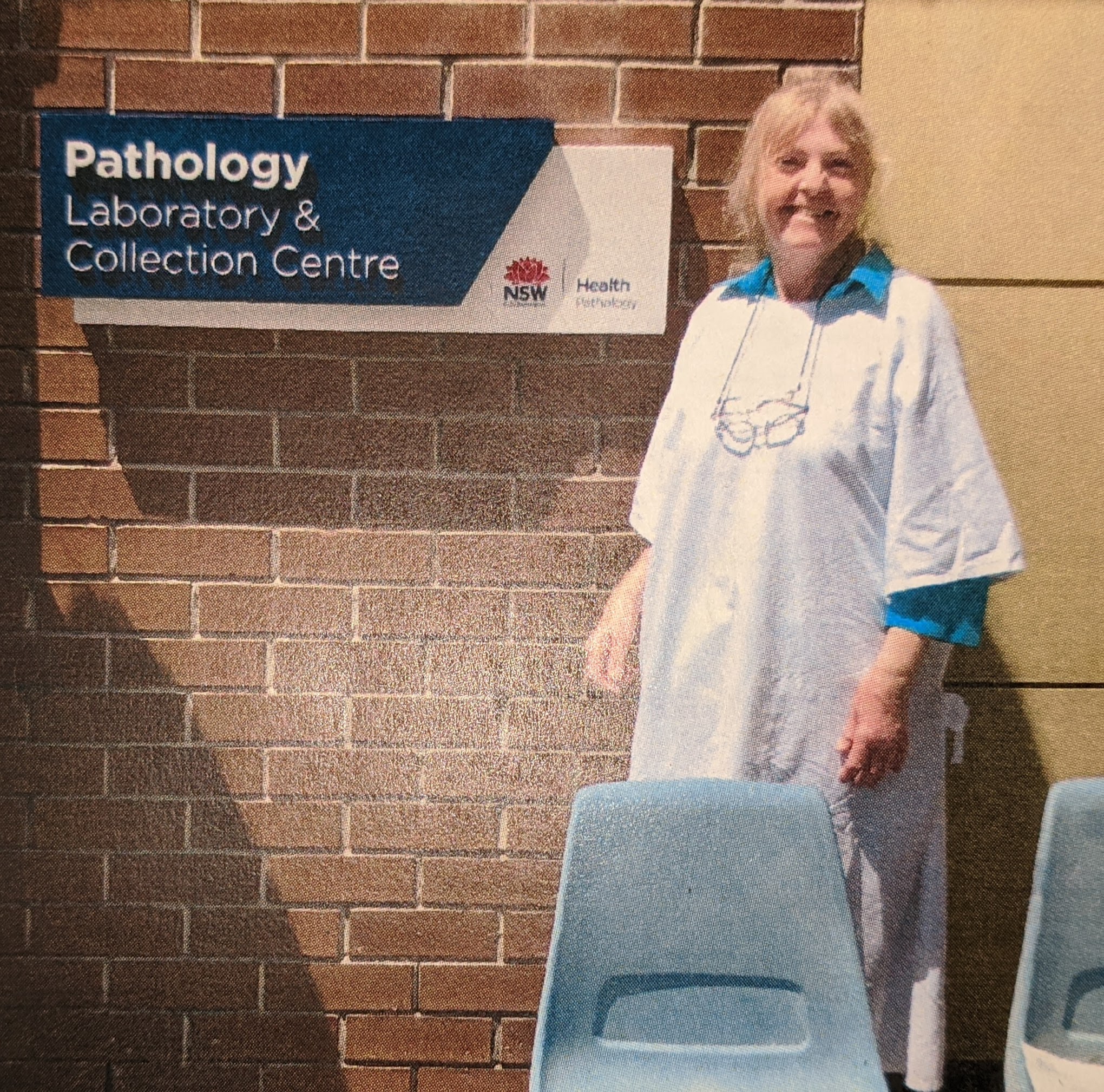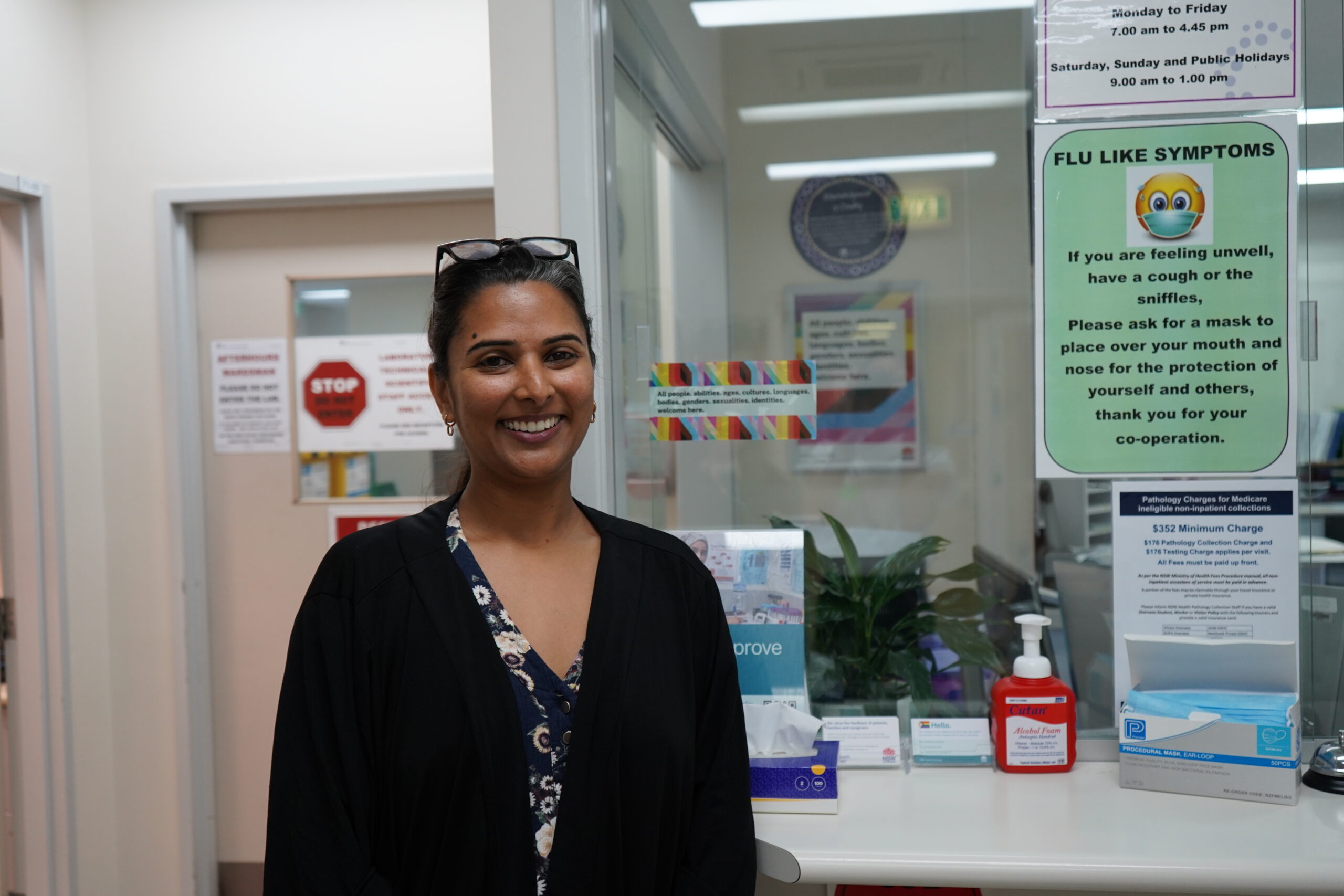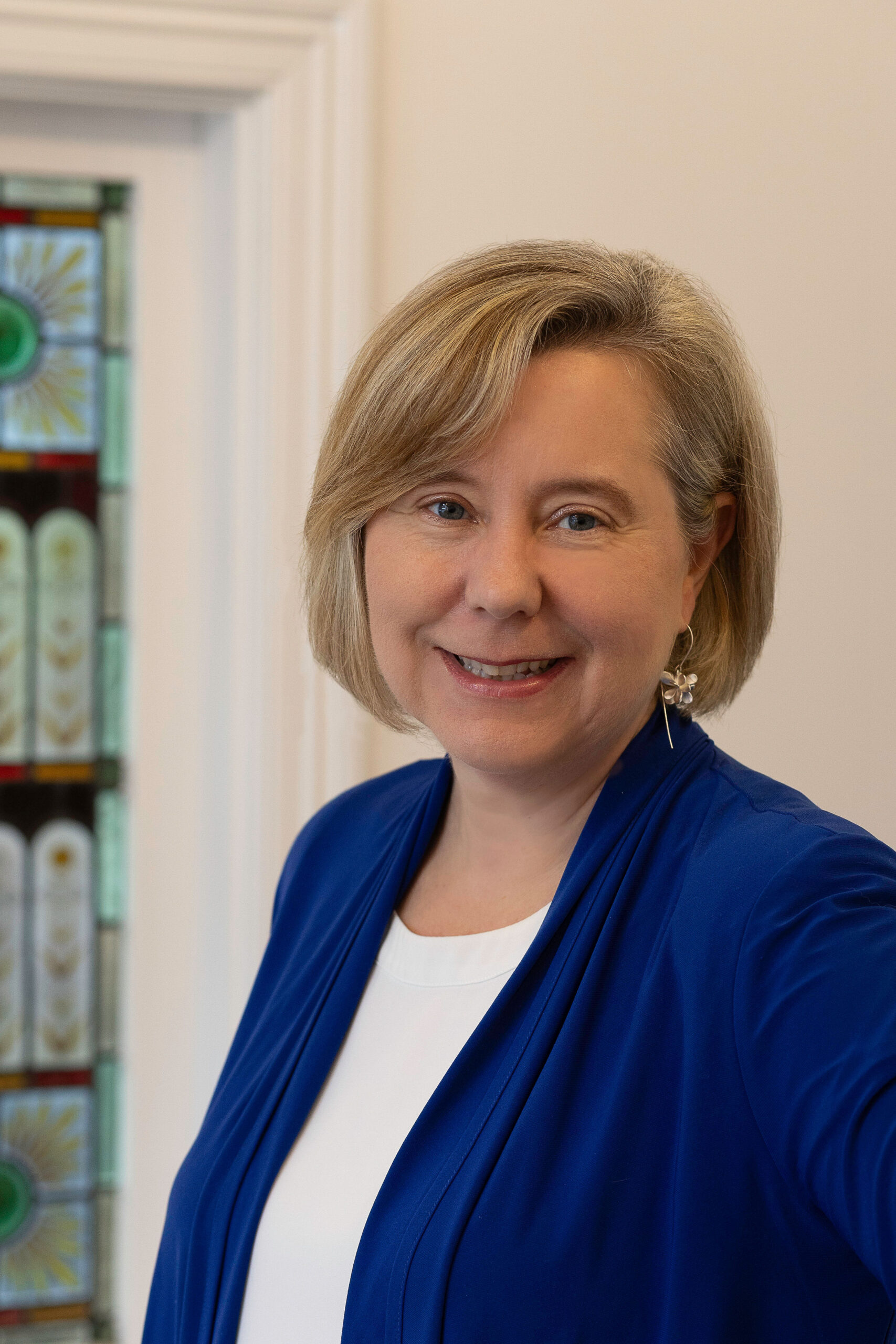Media Contact

Meet Forensic Mortuary Technician, Abby-Lee Honeysett, a proud Wiradjuri woman who has taken to painting more frequently to disconnect from the demanding nature of her work, and the trauma associated with her role in Forensic Medicine. Her art is a symbol of strength and resilience for families affected by homicide.
Abby-Lee is currently in her second year working as a Forensic Mortuary Technician at NSW Health Pathology’s Forensic Medicine service in Lidcombe.
She says her decision to change careers was heavily influenced by stories she had heard of the coronial system growing up and witnessing the heartbreak and anguish of her own family and friends losing a loved one to homicide.
“I came to a crossroads in my teaching career, and I needed a change,” she explains.
“Having witnessed the unconditional love and support by Martha Jabour OAM and Homicide Victims Support Group provided to my family over the years, I knew I wanted to help advocate for families with loved ones going through the coronial system. I wanted to find my own way to give back,” she said.
While working as a schoolteacher, Abby-Lee began studying at the University of Western Sydney, studying a Bachelor of Medical Science (Forensic Mortuary Practice). Soon after graduating, she was offered a job as a forensic mortuary technician at Forensic Medicine Sydney.
When Abby-Lee is on the mortuary floor, she helps with all facets of the internal and external autopsy process for a range of cases, including traumatic, highly infectious, bariatric, and paediatric cases. However, her role is currently primarily administrative, working in the admissions and release office.
She enjoys her work as a technician at Forensic Medicine, but because of the ever changing demands and the exposure to trauma says she finds herself painting more frequently in her downtime, as a means of grounding herself through cultural connections and disconnecting from work.

Telling stories through art
Growing up in Gulgong in the NSW Central Tablelands, Abby-Lee didn’t have many opportunities to learn the art of storytelling from Elders in her community or connect with her culture until much later in life.
It’s something she’s still learning more about.
“I had been travelling to Alice Springs for many years for sporting events, but it wasn’t until I visited in my late twenties that I had the opportunity to connect with an Aboriginal Elder who taught me the meaning of certain symbols, sacred stories, and the art of storytelling. It was the first time I had direct contact with an Aboriginal Elder, and she certainly made an impression on me,” she said.
Abby-Lee describes herself as a contemporary artist, and says she is still learning her process and style with each painting.
“The outcome for every painting is different, I usually make a sketch of what I want the final piece to look like, but sometimes I get lost in time while painting and often the finished product can look completely different to what I imagined.”
Using art to support the community
One of Abby-Lee’s artworks now has pride of place in the foyer of Grace’s Place (top image), a world first residential trauma centre for children and their families affected by homicide in Sydney.
“I created the ‘Healing Together’ artwork to reflect the support and healing within the Homicide Victims Support Group (HVSG) community.
“The circular design represents the idea that healing and grieving are not linear processes, with the winding pathways connecting families of the HVSG community together while they are being led by their loved ones to the central meeting place” Abby-Lee explains.
Abby-Lee contributed this piece to an auction being held to raise funds for the HVSG and Grace’s Place. The establishment of the HVSG began in 1993 after a meeting in the counselling section of Forensic Medicine in Glebe.
The HVSG currently offers a variety of counselling services, events, therapies, and educational programs to over 4000 family members affected by homicide.
“I am so grateful it was purchased and then donated to Grace’s Place, it is a very personal painting, and it holds a special place in the hearts of people close to me,” Abby-Lee says.
“As you walk into Grace’s Place the painting is a beautiful symbol of the strength and resilience of each family member and a constant reminder that their loved ones are celebrated, honoured, and never forgotten.”
Abby-Lee also recently created an artwork titled ‘Birrang’ (Journey) which reflects the pathways, relationships, and knowledge a forensic pathologist gathers and shares along their journey.

(top image: CEO of the Homicide Victims Support Group Martha Jabour OAM and NSWHP Forensic Mortuary Technician Abby-Lee Honeysett at Grace’s Place, with her artwork, Healing.)

